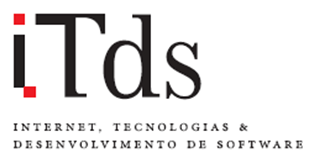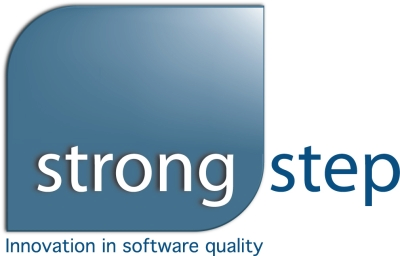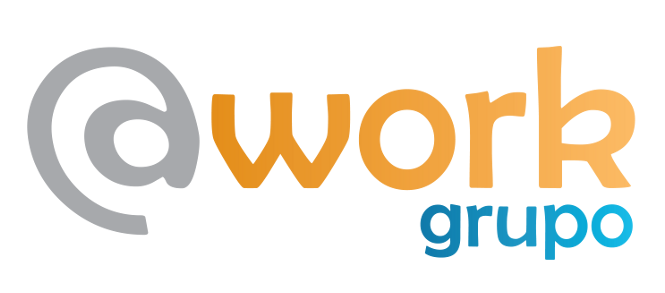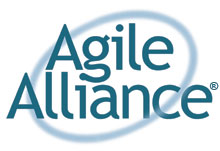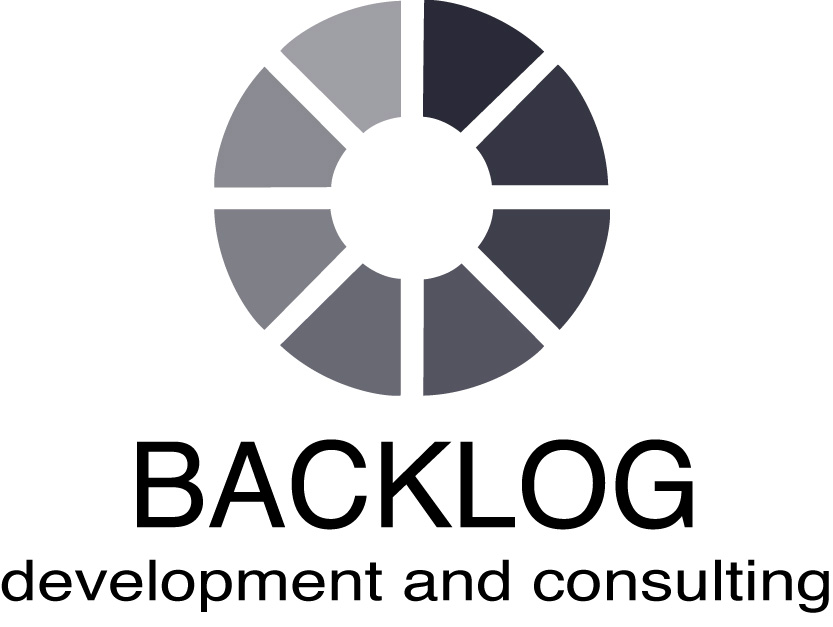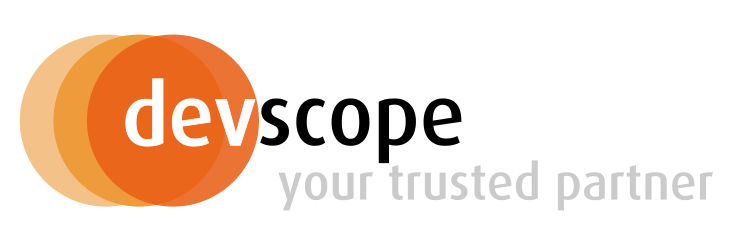T1. Agile Estimating and Planning
Tutorial, by Mitch Lacey
Monday, June 20, 9:30 – 12:30; 13:30 – 17:00
Planning is important for all projects, even agile ones. Unfortunately, we’ve all seen so many worthless plans that we’d like to throw planning out altogether. But let’s not give up yet. It is possible to create a project plan that looks forward six to nine months yet is accurate and useful. This one-day tutorial will give you insight as to some common reasons traditional planning methodologies fail and introduce you to some practices that really do work.
Too many teams view planning as something to be avoided and too many organizations view plans as something to hold against their development teams. In this workshop, you will learn how to break that cycle by acquiring new skills that will help you to create reliable plans for improved decision-making. You will leave with a solid understanding of and experience in agile release planning and iteration planning. We will learn various approaches to estimating, including unit-less points and ideal time. You’ll discover four techniques for deriving estimates, including the popular Planning Poker technique. Together, we’ll explore planning techniques that dramatically increase a project’s chances of on-time completion.
This tutorial is licensed and supported by Mike Cohn and Mountain Goat Software. The techniques laid out in the class are in Mike’s book Agile Estimation and Planning.
Learning Outcomes
- The importance of estimating size and deriving duration
- The differences between story points and ideal time
- The advantages of an abstract measure of size
- Techniques for estimating
- When and how to re-estimate
- How and when to perform release and iteration planning
- Tips for communicating about estimates and plans
Who should attend
This tutorial is for anyone involved in planning or estimating projects, like programmers, project managers, testers, and other members of delivery teams.
The goal is for each audience member to walk away not only with a greater appreciation and understanding of estimating and planning in agile, but also with specific improvements they can implement right away.


